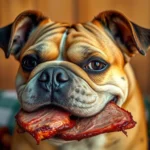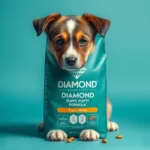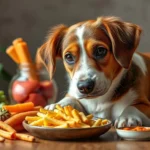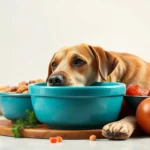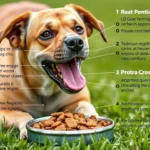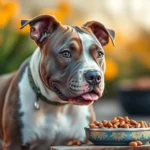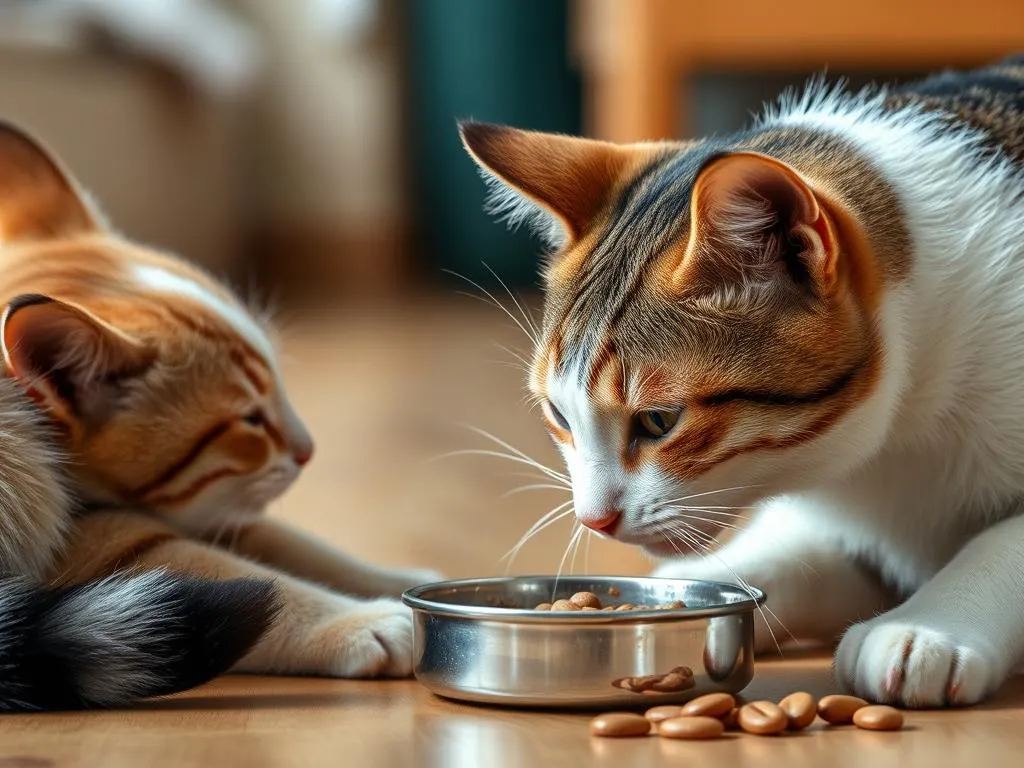
Introduction
When it comes to pet ownership, understanding dog nutrition is crucial for the health and well-being of our furry friends. Dogs require a balanced diet that meets their unique nutritional needs, and as pet owners, it’s our responsibility to ensure they receive the right foods. However, many pet owners face a common dilemma: how to stop cats eating dog food. This issue is not just a matter of annoyance; it can affect the health of both dogs and cats. In this article, we will explore the reasons why cats are attracted to dog food, the risks associated with this behavior, and practical strategies to prevent it while ensuring that dogs receive optimal nutrition.
Understanding Dog Nutrition
The Nutritional Needs of Dogs
Dogs are omnivores and require a balanced diet that includes proteins, fats, carbohydrates, vitamins, and minerals.
- Proteins are essential for growth, muscle development, and overall health. They should come from high-quality animal sources.
- Fats provide energy and support healthy skin and coat. Omega fatty acids are particularly beneficial.
- Carbohydrates serve as an energy source and are found in grains, vegetables, and fruits.
- Vitamins and minerals are crucial for various bodily functions, including immune support and bone health.
The right balance of these nutrients varies based on the dog’s breed, age, and activity level, making it important to choose a diet tailored to their specific needs.
Common Dog Food Ingredients
Commercial dog food typically contains a mix of animal proteins, grains, vegetables, and added vitamins and minerals. Here are some common ingredients:
- Meat and meat by-products: Provide protein but should be clearly labeled for quality.
- Grains: Such as rice or corn, serve as carbohydrates but can be controversial regarding their nutritional value.
- Vegetables: Carrots and peas offer essential vitamins and fiber.
- Fats: Added for energy and palatability.
While homemade dog food can offer fresh and wholesome ingredients, it requires careful planning to ensure it meets all nutritional needs. Consulting with a veterinarian is advisable if considering this option.
Why Cats Eat Dog Food
Feline Dietary Needs
Cats are obligate carnivores, meaning they require a diet primarily made up of meat. Their nutritional needs differ significantly from dogs, particularly in terms of protein and fat content.
- Protein: Cats require higher protein levels than dogs, making dog food insufficient for their dietary needs.
- Taurine: An essential amino acid that cats must derive from animal tissue, which may not be adequately present in dog food.
Reasons for Cats Eating Dog Food
Cats may be drawn to dog food for several reasons:
- Curiosity: Cats are naturally inquisitive and may find the scent and texture of dog food appealing.
- Behavioral tendencies: Cats are known to explore and sometimes steal food from other pets, leading to competition.
- Nutritional imbalances: If a cat’s diet is lacking, it may seek out dog food to satisfy its cravings.
However, while cats may enjoy dog food, it can lead to several health issues over time.
The Risks of Cats Eating Dog Food
Nutritional Deficiencies in Cats
Feeding cats dog food can lead to significant nutritional deficiencies. Since dog food lacks essential nutrients required for feline health, cats may experience:
- Poor coat condition: Dull, dry fur or excessive shedding.
- Weight loss or gain: Due to imbalanced calorie intake.
- Lethargy: A lack of energy and enthusiasm for play.
Common symptoms of nutritional deficiencies in cats include vomiting, diarrhea, and behavioral changes, which can all stem from consuming inappropriate food.
Behavioral Issues
Sharing food between pets can also lead to behavioral issues:
- Food aggression: Pets may become territorial over their food, leading to fights or anxiety.
- Feeding routines: Inconsistent feeding times can create confusion and competition, affecting both pets’ eating habits.
Establishing clear feeding routines is essential for maintaining harmony in a multi-pet household.
Strategies to Prevent Cats from Eating Dog Food
Feeding Habits
Implementing proper feeding habits can significantly reduce the chances of cats accessing dog food. Here are some best practices:
- Separate feeding areas: Designate specific locations for dogs and cats to eat, keeping them apart during mealtimes.
- Scheduled feeding: Feed pets at set times rather than leaving food out all day to minimize opportunities for snacking.
Physical Barriers
Physical barriers can also be an effective solution:
- Pet gates: Use gates to restrict access to the dog’s feeding area.
- Elevated feeding stations: Consider elevated bowls for dogs, making it harder for cats to reach their food.
- Closed feeding containers: Store dog food in sealed containers to keep it inaccessible to cats.
Behavioral Training
Training your cat can also help discourage them from eating dog food:
- Positive reinforcement: Reward your cat for ignoring the dog food with treats or praise.
- Redirect attention: Provide engaging toys or treats that are specifically for cats to keep them occupied and away from the dog food.
Alternative Solutions
Choosing the Right Dog Food
Selecting dog food that is less appealing to cats can also help:
- Strongly flavored dog food: Opt for dog foods that are formulated to be less palatable for cats, focusing on high-quality ingredients that are less attractive to felines.
- Nutrition-focused brands: Look for brands that emphasize dog-specific nutritional needs.
Supplements and Alternatives
Consider offering supplements that benefit your dog while keeping your cat distracted:
- Dog-specific treats: Choose treats that are designed for dogs to reward them without enticing cats.
- Cat-safe alternatives: Provide cat treats that are nutritionally appropriate to divert their attention away from dog food.
Monitoring and Adjustments
Observing Pet Behavior
Monitoring the behavior and eating habits of both pets is crucial. Look for signs of distress or changes in eating patterns, which may indicate that adjustments are needed in your feeding strategies.
Regular Veterinary Check-Ups
Regular veterinary visits are essential for ensuring both dogs and cats receive appropriate nutrition. Discuss any feeding issues with your veterinarian, who can provide tailored advice based on your pets’ health and dietary needs.
Conclusion
In summary, understanding dog nutrition is essential not only for the health of dogs but also for the overall dynamics of a multi-pet household. Addressing the issue of how to stop cats eating dog food is vital for maintaining the health of both dogs and cats. By implementing effective feeding strategies, using physical barriers, and monitoring your pets’ behavior, you can create a harmonious feeding environment that ensures proper nutrition for each pet. Ultimately, fostering a healthy relationship between your dogs and cats will lead to happier, healthier pets.
By taking these steps, you can enhance the quality of life for both your dog and cat while preventing the potential health risks associated with improper dietary habits.
